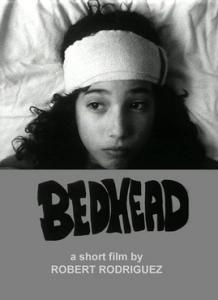The Cabinet of Dr. Caligari (1919)
At a fair in the village of Hostenwall, Dr. Caligari obtains a permit to set up his tent show featuring Cesare the 23 year-old Somnabulist who has slept for 23 years. Francis and his friend Alan visit the popular show and Alan asks Cesare in his trance-like state to tell him his future. Cesare predicts that he will die that night and when Alan is in fact found dead in the morning it seems to be just one of many such crimes recently. Frances is determined to find his friend's killer, all the more so after Cesare tries to kidnap his fiancée. He follows him to an insane asylum but not all is as it seems.
The Cabinet of Dr. Caligari is a German film from 1920, directed by Robert Wiene and written by Hans Janowitz and Carl Mayer, both of whom emerged from World War I strongly embittered against the wartime government. The two writers used the powerful new medium of film to create an expressionist masterpiece, which became highly successful and is generally regarded as one of the first horror films. It recounts the story of a mad fair performer and the sleepwalker who he sends to commit murders in the night. The Cabinet of Dr. Caligari is often hailed as a masterpiece of German expressionism. Kasimir Edschmid defines expressionism as “a reaction against the atom-splitting of Impressionism, which reflects the iridescent ambiguities, disquieting diversity, and ephemeral hues of nature." To the expressionist, it would be absurd to reproduce the world as purely and simply as it is (Eisner 10); instead, the artist focuses on feelings and perceptions, which reflect expressionism’s relationship to modernism. - Merrick Doll, Yale
Director: Robert Wiene
Starring: Werner Krauss, Conrad Veidt, Friedrich Feher





